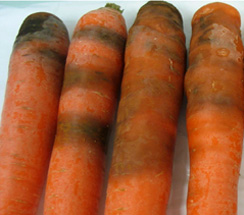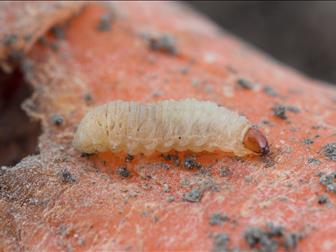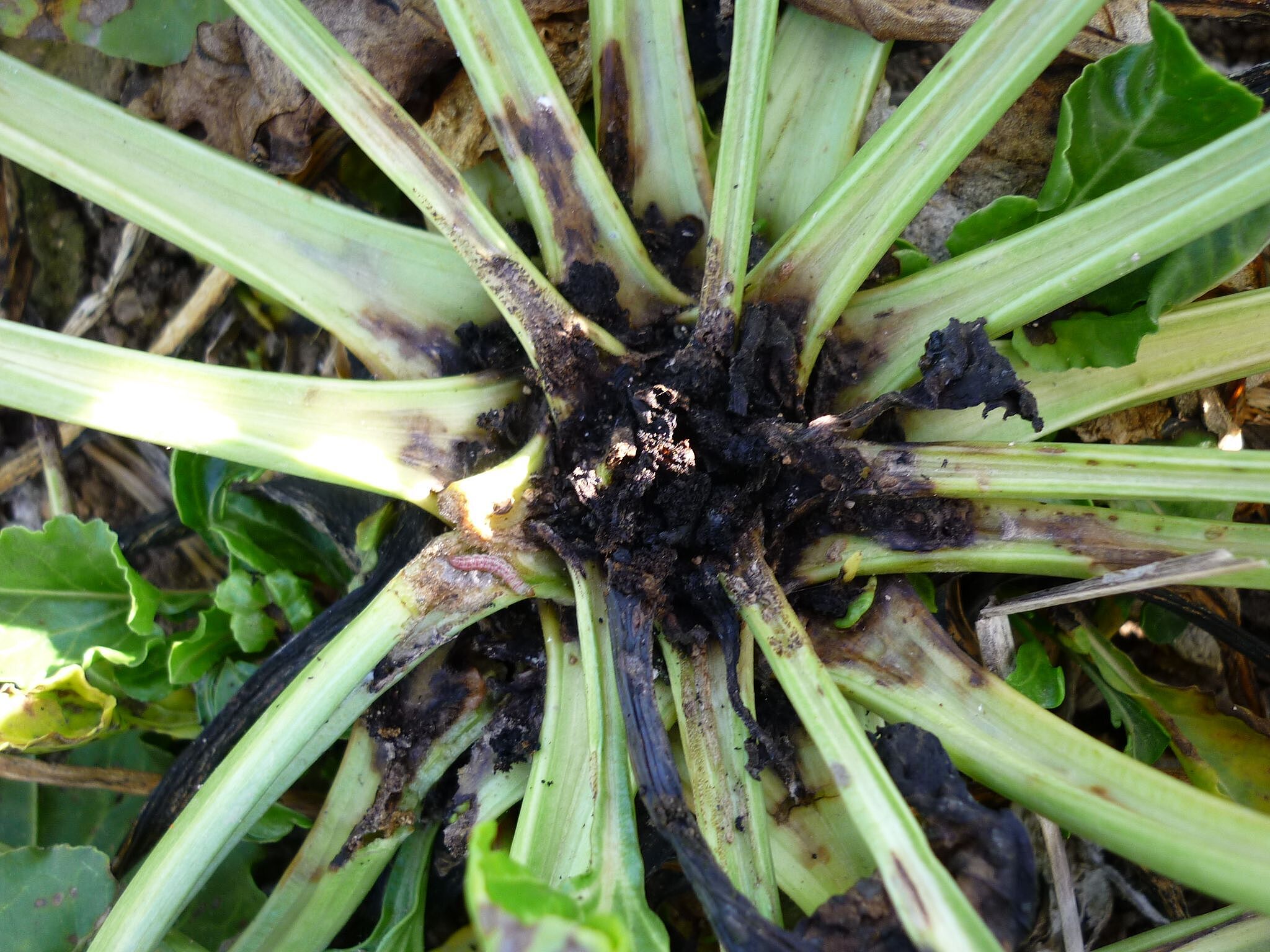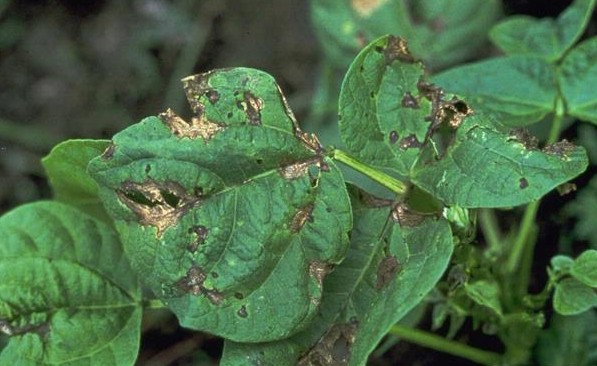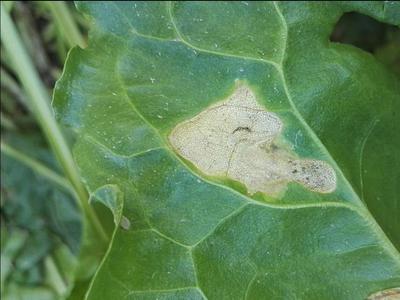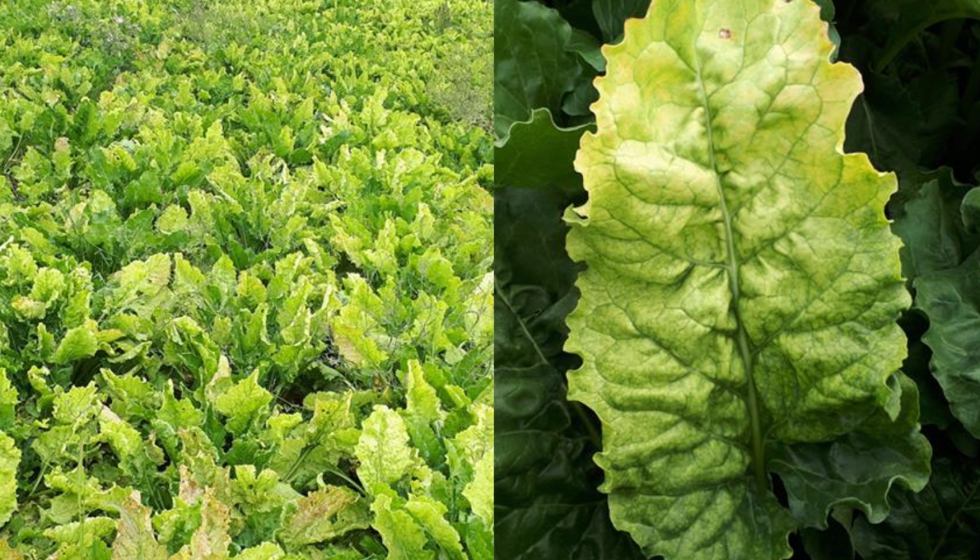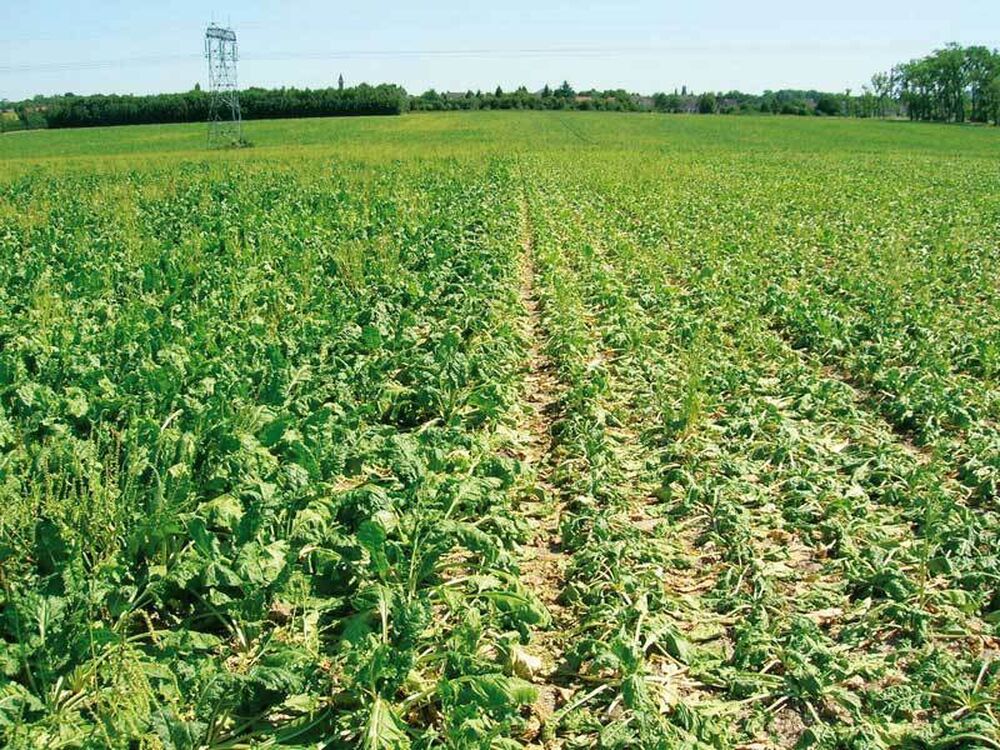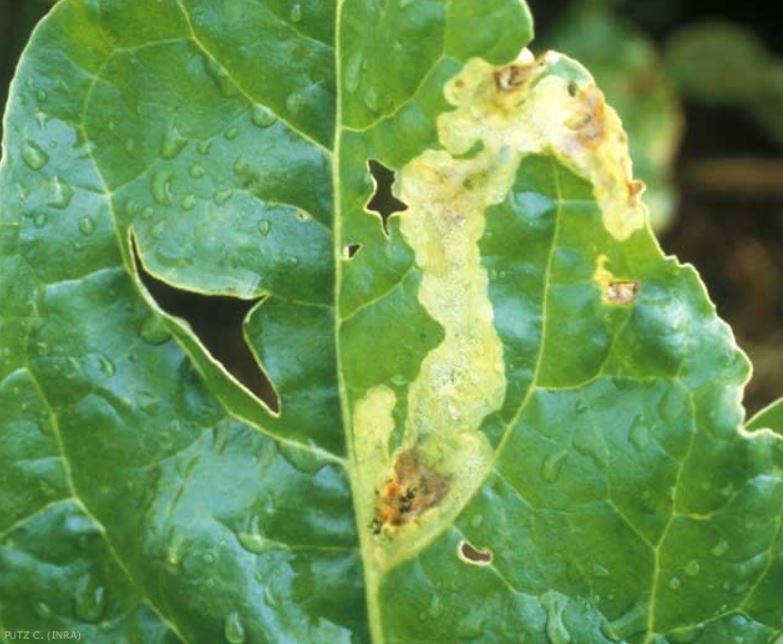
Zanahoria
How to recognize and combat carrot fly
Carrot Fly
Insect
Type:
Risk to the plant:
HIGH
Psila Rosae
Pathogen:
Minadores

WHO CAUSES IT?
Psila rosae, known as the carrot fly, is an insect belonging to the Psilidae family. This dipteran presents a development cycle that involves several stages. Adults emerge in spring and are characterized by their shiny black color and transparent wings. Females lay their eggs in the soil near the roots of carrots. The larvae, which are small and cream-colored, emerge from the eggs and begin to feed on the tender roots of the carrot. The larvae go through three larval stages before pupating in the soil. The pupae are brown and develop underground, emerging as adults to begin the cycle again. The carrot fly can complete several generations a year, especially in hot, humid climates.
SYMPTOMS
The disease caused by Psila rosae in carrots manifests mainly in the roots, affecting their development and quality. The larvae that feed on the roots cause extensive galleries and damage that can lead to deformation and necrosis of the affected tissues. This not only reduces the marketable quality of carrots, but can also cause death of young plants in severe infestations.
- Presence of galleries and tunnels in the roots.
- Deformation and bifurcation of the roots.
- Brown or black discoloration at the feeding points.
- Delay in plant growth.
- Withering and death of seedlings.
- General loss of vigor in affected plants.



DEVELOPMENT CONDITIONS
Temperature:
15-25°C
Humidity:
70-90%
HOW IS IT SPREAD?
Wind, Movement of contaminated soil, Infected plants, Agricultural tools, Crop residues
HOW TO ELIMINATE IT?
Home treatments
Natural allies
Chemical treatments
RECOMMENDED PRODUCTS TO ELIMINATE THE PEST
Sponsored link
Sponsored link
Sponsored link
Sponsored link
Sponsored link
Sponsored link
Effective against all types of fungi
PLANTAS REPELENTES
-
RECOMMENDATIONS
- Check the leaves frequently, especially the young ones, to detect the first signs of damage.
- Remove and destroy affected leaves to cut the insect cycle
- Avoid excess nitrogen in the fertilizer, as it attracts leafminers more.
- Attracts beneficial insects such as small wasps that attack leafminers
- Use yellow sticky traps to monitor the presence of adults
- If there is a lot of presence, apply a natural insecticide such as Neem oil or potassium soap following the directions on the product.





















